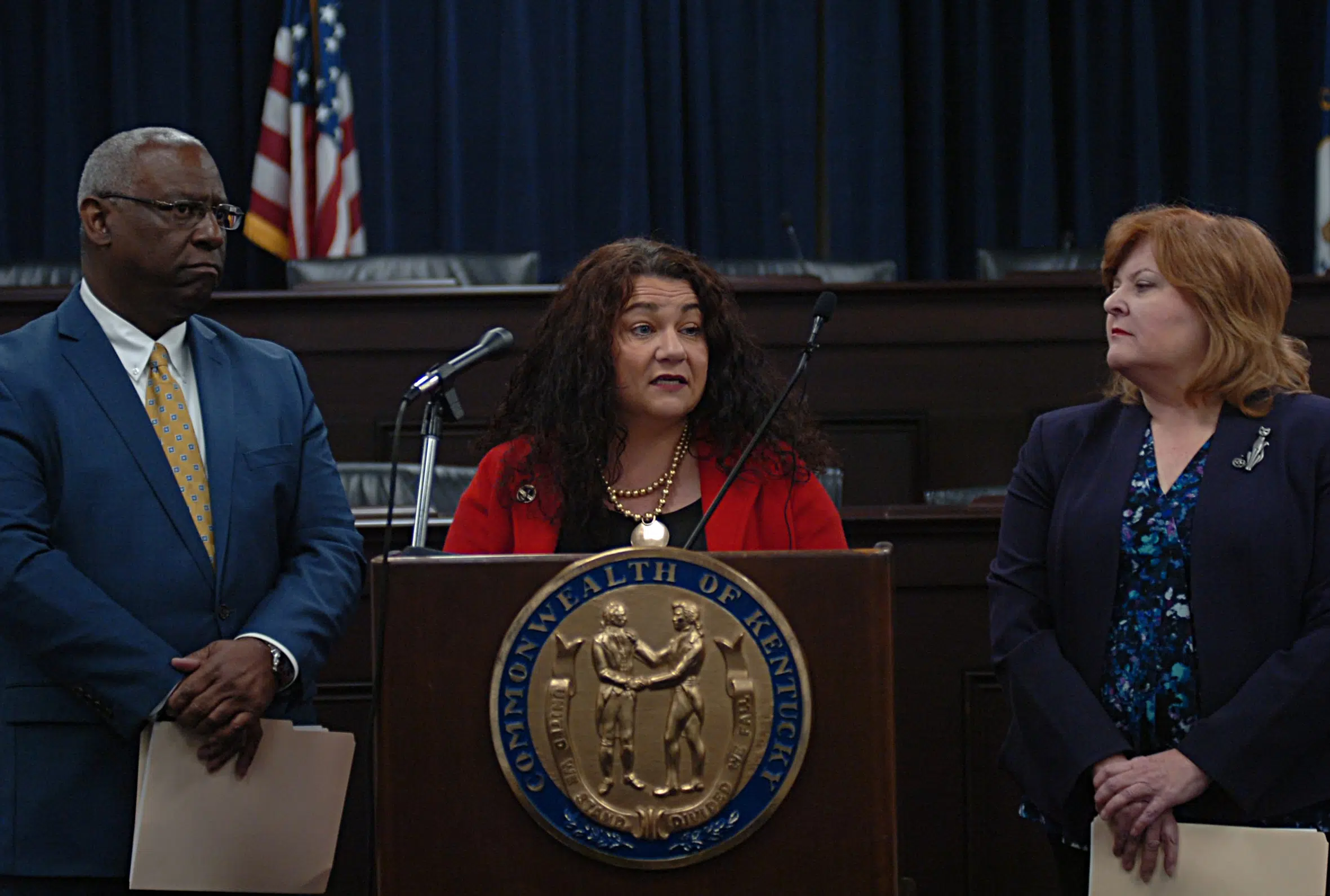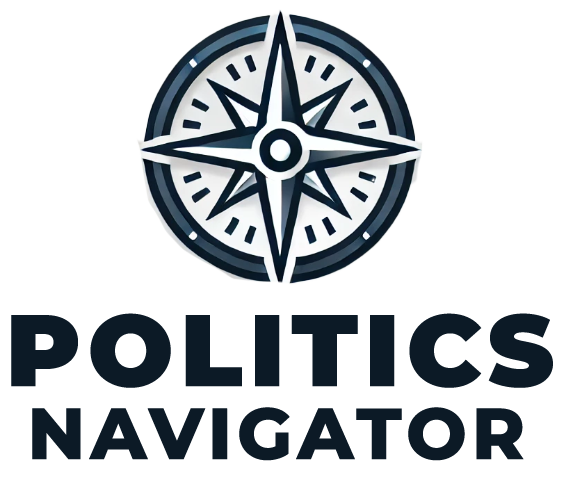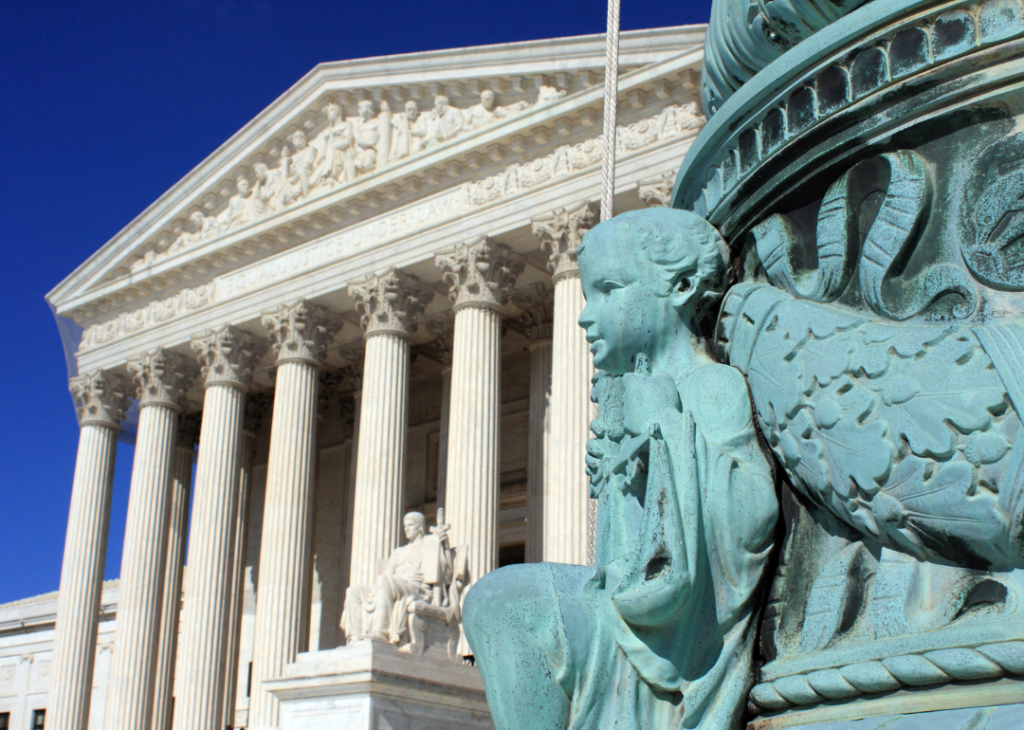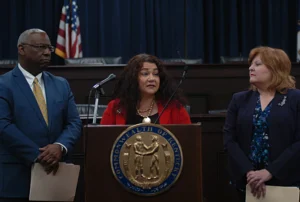The Supreme Court’s recent ruling in Corner Post, Inc. v. Board of Governors of the Federal Reserve System marks a significant moment in the evolving relationship between the Executive and Judicial branches of the U.S. federal government. Released on July 1, 2024, this decision, combined with two other high-profile rulings last week, has profoundly limited the regulatory authority of federal agencies.
In this blog, we’ll explore the implications of the Corner Post decision, its broader context alongside Loper Bright Enterprises v. Raimondo and Securities and Exchange Commission v. Jarkesy, and what these shifts mean for federal agencies, businesses, and governance.
What Is the Corner Post Decision?
The Court’s decision in Corner Post centers on the timeline for challenging federal regulations. Historically, most federal circuit courts, including the D.C. Circuit, ruled that “facial” challenges to federal regulations must be filed within six years of the regulation’s effective date.
The Corner Post decision overturns that understanding, allowing a “facial” challenge to be brought within six years of when the plaintiff was injured, even if more than six years have passed since the regulation took effect.
Key Takeaways from the Decision
- Expanded Window for Legal Challenges: Regulated entities now have significantly more time to challenge federal regulations, as long as they can demonstrate injury caused by the regulation.
- Potential for Increased Litigation: Federal agencies may face a surge in lawsuits, particularly from entities not in existence when the regulation was first implemented.
- Judicial Oversight Over Regulations: The decision underscores the judiciary’s growing role in determining the validity of federal regulations.
Justice Amy Coney Barrett, writing for the majority, stated:
“A claim accrues when the plaintiff has the right to assert it in court — and in the case of the APA, that is when the plaintiff is injured by final agency action.”
A String of Landmark Decisions Limiting Federal Agencies
The Corner Post ruling is part of a broader trend seen in recent Supreme Court decisions aimed at curbing the power of the Executive Branch.
Loper Bright Enterprises v. Raimondo
- Overturned Chevron Deference: Courts are no longer required to defer to agencies’ interpretations of ambiguous statutes.
- Implication: Federal agencies must now craft regulations with explicit congressional backing, or risk judicial invalidation.
Securities and Exchange Commission v. Jarkesy
- Seventh Amendment Right to Jury Trials: Individuals accused of violating federal laws and facing civil penalties are entitled to a jury trial.
- Implication: Agencies like the SEC can no longer resolve penalty proceedings administratively, increasing litigation burdens and timeframes.
The Broader Impact on Federal Governance
These rulings collectively signal a major shift in the balance of power among the three branches of government, with significant consequences for the regulatory landscape.
1. Reduced Authority of the Executive Branch
Federal agencies, long empowered to interpret and enforce ambiguous congressional statutes, now face stricter judicial oversight and limited autonomy.
2. Increased Litigation Against Agencies
The Corner Post decision opens the floodgates for lawsuits against federal regulations, potentially overwhelming agencies like the EPA and FDA. Agencies will need to prioritize resources and carefully choose which cases to defend.
3. Greater Burden on Congress
Without Chevron deference, Congress must draft more precise legislation, clearly delineating the scope of regulatory authority. Ambiguous laws are likely to face increased judicial challenges.
4. Strain on the Judicial System
The judiciary will see an uptick in cases requiring statutory interpretation, potentially prolonging legal battles and delaying regulatory outcomes.
Federal Agencies in a Post-Corner Post World
Agencies must adapt to this new legal landscape by prioritizing transparency and ensuring that regulations align closely with statutory mandates.
Case Study: Environmental Protection Agency (EPA)
The EPA has long relied on broad statutory interpretations to regulate environmental pollutants. With these recent rulings:
- Transparency: The EPA must ensure public access to methodologies and data used in crafting regulations.
- Litigation Preparedness: The agency may face renewed challenges to long-standing rules, requiring robust legal defenses.
Criticism and Praise
Critics’ Concerns
- Weakened Protections: Environmental advocates worry about diminished safeguards for public health, clean air, and water.
- Judicial Overreach: Some see the Court’s rulings as a power grab by the judiciary, undermining regulatory expertise.
- Increased Uncertainty: Businesses and agencies face prolonged uncertainty as regulations are subjected to continuous challenges.
Supporters’ Views
- Accountability: Proponents argue these rulings restore constitutional checks and balances, curbing bureaucratic overreach.
- Judicial Responsibility: By limiting deference to agencies, the judiciary ensures that regulations align with congressional intent.
Looking Ahead: What Comes Next?
The ripple effects of the Corner Post decision and its counterparts will continue to shape federal governance. Key developments to watch include:
- Congressional Action: Lawmakers may respond with legislation to clarify regulatory statutes or limit judicial challenges.
- Agency Adaptations: Federal agencies must develop strategies to defend regulations and operate within narrower legal boundaries.
- Increased Judicial Workload: Courts will play a central role in interpreting laws, setting precedents that redefine regulatory authority.
The Supreme Court’s Corner Post decision represents a pivotal shift in the balance of power between the Executive and Judicial branches. By expanding the window for challenging federal regulations, the ruling underscores the importance of transparency, accountability, and adherence to statutory limits.
While critics warn of weakened regulatory safeguards, supporters celebrate the decision as a necessary check on bureaucratic overreach. As agencies, courts, and Congress adapt to this new era of governance, one thing is clear: the rules of the regulatory game have fundamentally changed.











